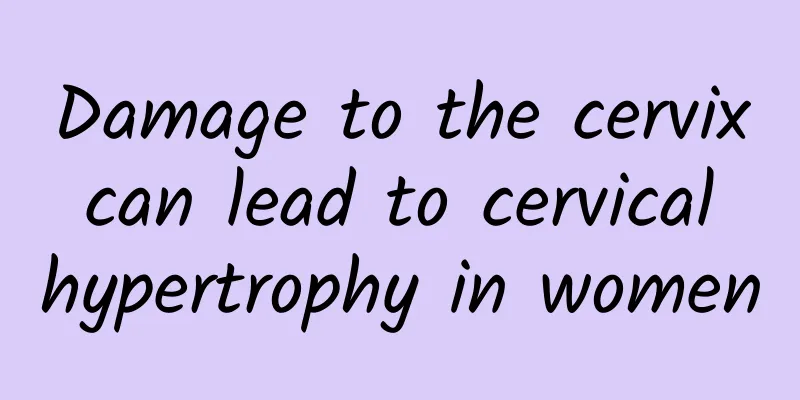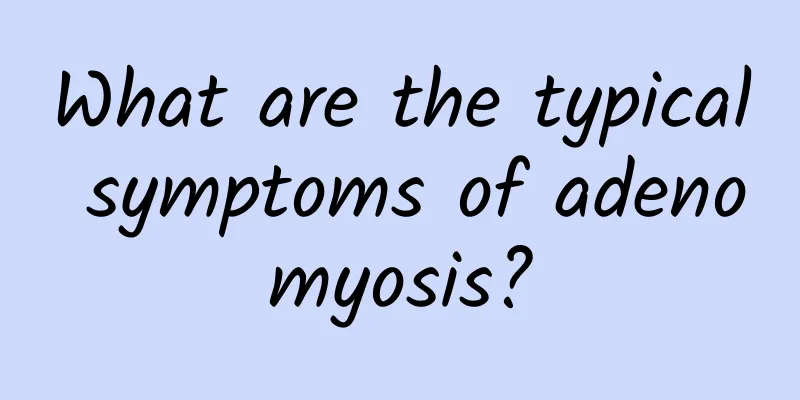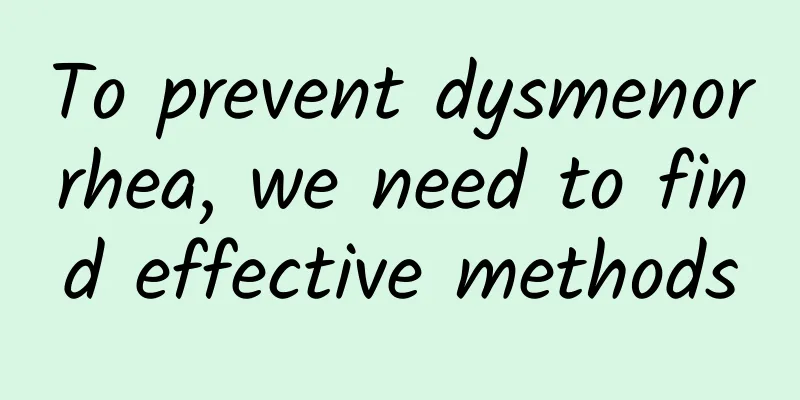4 tips to get rid of pear obesity! Doing the skating hip lift

|
Many girls don’t like to exercise, but can’t give up cakes and desserts, so they often sit down after eating, which causes their lower body to become “fat”, forming the legendary “pear-shaped” figure, with a thin upper body and a heavy lower body. It’s hard to lose weight in the lower body, especially the love handles in the lower back and that stubborn fat on the inner thighs. An American sports and fitness magazine recommends 4 fitness moves to help you lose weight in your lower body easily. Many people do not like sports but love to eat sweets, which easily leads to a "pear-shaped" body shape, with fat accumulated in the lower body. The American Sports Fitness Magazine recommends four movements to help fight against the stubborn lower body obesity. The American sports and fitness magazine "Fitness Magazine" recommends 4 exercises that can be done at home, which mainly train the lower abdomen, lower back, and the buttocks and thigh muscles that are usually difficult to exercise. This will help people with a too "stable" lower body to lose weight and become fit. Ice skating: targets the lower abdomen, lower back, buttocks and outer thighs. Stand with your feet slightly less than shoulder-width apart and your hands forward on the back of a chair for support. Tighten your abdomen, bend your left knee slightly, slowly stretch your right foot outward, put the toe of your right foot on the ground, draw a semicircle backward, and move the toe of your right foot as far as possible to the back of your left foot. Bend your left foot and move it to the inner thigh, then start over again. Do this 12-15 times in total, then switch sides. The left picture shows the ice skating style. (Photo/taken from "Fitness Magazine") Lunge: Targets the abdomen, lower back, hamstrings, and quadriceps. Stand in front of a small step, about 90 cm away, holding dumbbells in both hands, with your arms hanging naturally and your palms facing inward. Bend your left knee into a lunge stance and place your right foot back on the step, with both knees bent at 90 degrees, keeping your left knee in line with your left ankle. Then stand up, tightening your buttocks. Bend forward so that your upper body and lower body are almost 90 degrees, extend your right leg backward so that it is parallel to the floor, and let your hands (continue to hold the dumbbells) hang down in front of your knees. Use your left foot to support your body and return to the original position. Do 12-15 times on each side. The picture shows the second half of the bow and arrow pose. (Photo/taken from "Fitness Magazine") Hip lift: targets the abdomen, buttocks and posterior thigh muscles. Kneel on the yoga mat, support yourself with your hands, knees as wide as your hips, hands as wide as your shoulders, back straight, abdomen tight, head and spine in a straight line. Lift your right foot, bend your knee outward, and stretch it back so that your right toes are in line with your hips. Bend your knees and bring the soles of your feet toward your buttocks. Repeat 16 times, then switch sides and do another 16 times. The picture shows the hip lift. (Photo/taken from "Fitness Magazine") Lying position: Targets the lower back, buttocks muscles and inner thighs. Lie flat on your yoga mat with your arms at your sides, palms facing down, knees bent, and feet flat on the floor. Tighten your abdomen, raise your hips, and keep your feet flat (be careful not to arch your back). After raising your hips, open your knees as far as possible, then slowly return to the center, lower your body back to a lying position, and repeat 12-15 times. The picture shows the flat-lying style. (Photo/taken from "Fitness Magazine") |
<<: Fight against stress-induced obesity! 5 Tips for Deep Breathing Before Meals
>>: 5 tips for Jennifer Aniston's perfect arms
Recommend
Causes of pituitary amenorrhea
Pituitary amenorrhea is caused by organic lesions...
Causes of bacterial vaginosis in different sizes
Due to the structural characteristics of the fema...
Symptoms of ovarian cysts
Symptoms of ovarian cysts: There are obvious sign...
Is there a high chance of pregnancy after surgery for thick endometrium?
Having a disease called endometrial thickness is ...
Insufficient dietary fiber sends out an alarm to the intestines! 5 tips for smart supplementation
As the saying goes, "If you have a healthy g...
How much does an abortion cost?
At present, many small clinics use cheap surgical...
Is pelvic effusion an inflammation?
Simply draining the effusion is a wrong treatment...
What are the factors that cause cervicitis? Women have three feelings when they suffer from cervicitis.
Cervicitis is a very common cervical problem in w...
Prevention of adnexitis should start from daily life
The onset of adnexitis troubles many women. Patie...
What are the advantages of surgical treatment of ovarian cysts?
If a patient finds that they have symptoms of ova...
Are uterine fibroids serious? What should I do?
Whether uterine fibroids are serious depends on t...
What are the symptoms of acute cervicitis?
What are the symptoms of acute cervicitis? Cervic...
Psychological stress is also one of the causes of vaginitis
It is generally believed that the cause of vagini...
How to regulate to reduce the degree of dysmenorrhea What are the methods of regulating dysmenorrhea
Dysmenorrhea is a common problem for many women d...
Will reduced menstrual flow after miscarriage affect future pregnancy?
Will reduced menstrual flow after miscarriage aff...









